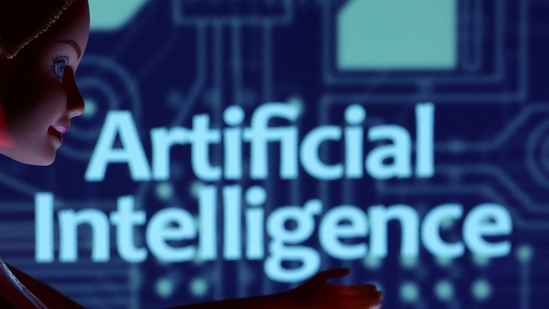Is AI an ally in fight for gender equality?
While new AI systems have the potential to reverse progress towards gender equality, there is still time to counteract these trends.
As the reach of Artificial Intelligence (AI) continues to expand, it prompts us to ask an obvious question: Is AI an ally in the fight for equality?

Current estimates suggest it will take a staggering 286 years to achieve gender equality if progress continues at its current pace. However, the pervasive influence of AI, if not carefully managed, could potentially set us back by perpetuating existing gender biases. AI operates based on data that often reflects existing gender biases and stereotypes found in virtual systems. Consequently, AI systems may inadvertently perpetuate these biases, making it crucial for developers to create tools that help AI recognise and counteract these stereotypes.
This underscores the urgent need to involve more women in all aspects of AI development, including education, research, publications, and STEM-related jobs. Regrettably, data indicates a different reality. Women are significantly underrepresented in science, research and development positions globally. Furthermore, gender disparity among authors and researchers in the field of AI is evident, with only 18% of authors at leading AI conferences being women. The situation seems to be deteriorating further, with women comprising just 14% of authors of AI peer-reviewed articles worldwide in 2020.
A UNESCO report highlights the fact that too few women are participating in AI-related jobs on a global scale. When AI systems are not developed by diverse teams, they are less likely to cater to the needs of diverse users and may not align with human rights principles. The scarcity of women in roles related to machine learning, coding, and management in technology further exacerbates this issue. Currently, the field of computer science is male-dominated, with only 18% of undergraduate computer science degree holders being women, and fewer than 25% of women in the tech workforce occupying senior management positions.
Addressing this issue requires a concerted effort to increase the representation of women on AI, data science, and software engineering teams. It also necessitates educating men in the technology sector about gender bias to help them assess data, design choices, and algorithmic decision-making through a gender lens.
The lack of women in data science can create feedback loops that result in gender bias in AI and machine learning systems. The rise of AI, exemplified by the popularity of large language models such as ChatGPT, has demonstrated that AI poses a threat not only to assembly line workers but also to knowledge workers. Within this context, women and vulnerable groups may find themselves even further marginalised. For instance, researchers from Universidade Federal de Minas Gerais in Brazil conducted searches using keywords for “beautiful” and “ugly” women in 59 different countries. They discovered that “beautiful” women tended to be white and young, while the “ugly” keyword returned images of older, black, or Asian women. These searches are determined by algorithms that shape what internet users see in search results, perpetuating racial and gender stereotypes present in society.
Similarly, Amazon developed a recruitment algorithm to sort resumes for job applications. However, it displayed gender biases by downgrading resumes containing the word “women” or references to women’s colleges. Since the algorithm was trained on historical data that favoured the recruitment of males, it proved unfixable and had to be abandoned.
Despite disheartening data, some promising trends are emerging. Coursera’s Global Skills Report for 2021 indicates that women are pursuing online education, including STEM courses, at a higher rate than before the Covid-19 pandemic. The share of course enrolments by women on Coursera increased from 38% in 2018-19 to 45% in 2020.
For STEM courses, which teach high-demand digital skills, enrolment by women grew from 31% in 2018-19 to 38% in 2020. These increased participation rates continued in 2021, with 45% of overall course enrolments and 37% of STEM enrolments coming from women.
The solution lies in two critical elements — intentionality and intersectionality. While there is a global push towards creating an AI ethics observatory, it is imperative that this governing body highlights and analyses the gender implications of AI outcomes, intentionally.
While new AI systems have the potential to reverse progress towards gender equality, there is still time to counteract these trends. Stakeholders, including the private sector, policymakers, users, and developers, must understand the opportunities and challenges presented by AI and take proactive measures to address its shortcomings.
Nishtha Satyam is head of office for UN Women in Timor Leste. The views expressed are personal
All Access.
One Subscription.
Get 360° coverage—from daily headlines
to 100 year archives.



HT App & Website







